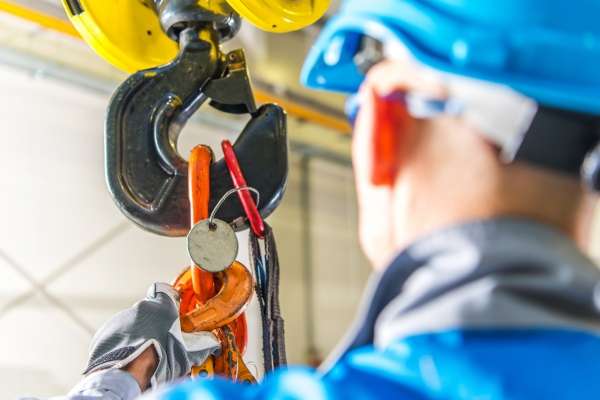100 %

Oct 4,2023
Slings are the unsung heroes of various industries, bearing the weight of heavy loads daily. Whether in construction, manufacturing, or logistics, these indispensable tools ensure operations run smoothly. However, like any hardworking tool, slings require regular maintenance to perform at their best and, most importantly, to ensure safety. This article will delve into sling servicing, answering the question: How often should slings be serviced?
Neglecting sling maintenance can have serious consequences. Damaged slings pose a significant safety risk and can lead to costly accidents and downtime. Imagine a scenario where a sling fails under load - the potential for injuries and property damage is immense. Additionally, the financial implications of such accidents, including legal fees, medical expenses, and lost productivity, can be overwhelming. This is why investing in regular servicing is a small price to pay for the safety and efficiency of operations.
Sling manufacturers are a valuable resource when it comes to maintenance guidelines. They often provide detailed recommendations on how to care for their specific products. These guidelines are typically found in the manufacturer's manual or official website. It's crucial to follow these instructions meticulously, as they are tailored to maximize the lifespan and performance of the sling. Manufacturers invest significant time and resources into researching and testing their products, so trusting their advice is a smart move.
The frequency of sling servicing depends on various factors, including how often the sling is used, its load capacity, and the environmental conditions it faces. As a general rule, slings that are used frequently or in harsh environments should be serviced more often. For example, a sling used daily in a construction setting may require more frequent servicing than one used occasionally in a controlled warehouse environment. To help users determine the appropriate servicing schedule, a handy table or checklist summarizing recommended intervals can be consulted.
Regular visual inspections are a crucial part of sling maintenance. A thorough examination of the sling helps identify any signs of wear, abrasion, cuts, or deformities. During an inspection, pay close attention to areas with the most stress, such as the eyes or attachment points. If any issues are discovered, addressing them promptly is essential to prevent further damage or failure.
When it comes to servicing slings, it's not a one-size-fits-all approach. The process may vary depending on the type of sling and its condition. Generally, servicing involves cleaning, lubricating, and making any necessary repairs. Specialized equipment and tools may be required for specific tasks. It's crucial to entrust sling servicing to trained professionals with the expertise and knowledge to handle the job safely and effectively.
Maintaining detailed service records is a best practice in sling maintenance. This information provides a valuable history of the sling's servicing and can be instrumental in identifying any patterns or recurring issues. Record the dates of inspections, repairs performed, and any noteworthy events related to the sling. With digital tools and software, keeping track of this information has never been more convenient and efficient.
While servicing slings is essential, it's equally crucial to avoid common mistakes. Rushing through the process or overlooking key steps can lead to inadequate servicing, increasing the risk of accidents. Some common errors include neglecting regular inspections, using improper cleaning agents, and attempting repairs without the necessary expertise. Being aware of these pitfalls and taking the time to perform servicing correctly can make all the difference in the safety and longevity of slings.
Regular servicing is the lifeline of slings, ensuring they remain reliable and safe in various industrial settings. Users can establish a robust maintenance routine by understanding the type of sling in use, following manufacturer recommendations, and conducting thorough inspections. This proactive approach not only safeguards against accidents but also extends the lifespan of slings, ultimately saving time and money in the long run. Investing in sling servicing is an investment in safety and operational efficiency - a small price for peace of mind.